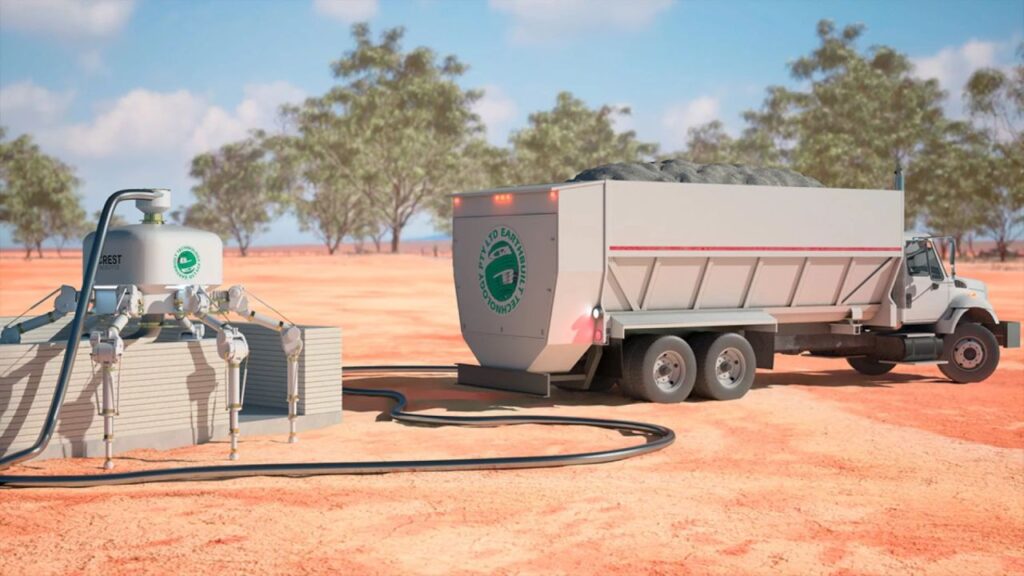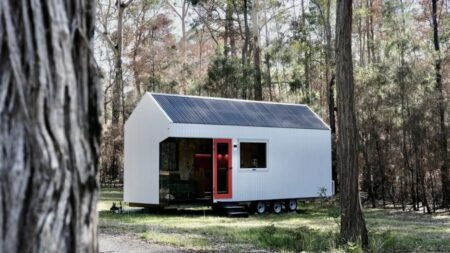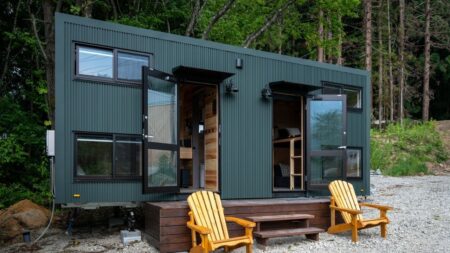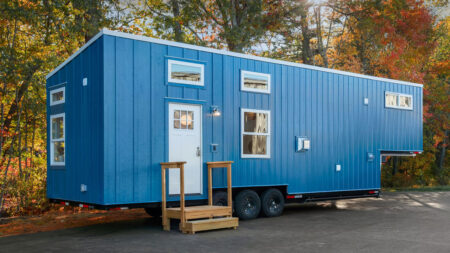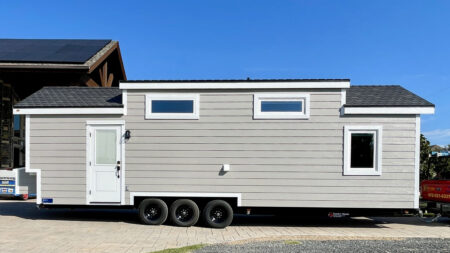3D printing is making a significant impact on the construction industry, with many examples of 3D-printed houses – some built in just hours, and even one created using soil in Japan. Another innovation in the field comes from Australia, where a local startup, Crest Robotics, has come up with a spider-like construction robot that can 3D print a 200-square-meter home in just one day. Named Charlotte, it is developed in partnership with Earthbuilt Technology and supported by the NSW Government. The project aims to advance lunar explorations and provide low-cost, low-carbon housing capabilities on Earth.
The spider-like Charlotte robot is equipped with Earthbuilt’s large form-factor extrusion system in its undercarriage. It will collect readily available materials such as sand, earth, and waste products like crushed brick, which are then bound in fabric and compressed to form the layers of a building by the robot.
As explained by founder Dr. Clyde Webster, “The approach is similar to a sustainable building technique called Earthbagging, where loose media is packed into large tubes or bags and compacted to form layers of walls. Traditionally, this process is incredibly labor-intensive, but with Charlotte and Earthbuilt’s miraculous extruder, all that will be a thing of the past.” By using robotic assistance, Crest Robotics hopes to create safer conditions for workers while speeding up construction at the same time.
Also Read: Singapore’s First Multi-Story 3D Printed House Features Sculptural Central Void for Passive Cooling
The introductory video shows a six-legged robot deploying from a spacecraft. A pipe from an extruder supplies the material as the robot prints a structure layer by layer, similar to other 3D printers like ICON or COBOD.
Crest Robotics aims to address labor shortages and modernize infrastructure with safe, efficient robotic solutions. It also wants to bring 3D printing construction to the construction space, owing to the robot’s fully autonomous and lightweight design.
The Charlotte construction robot is still in the development stage, but a scaled-down prototype has been showcased at the 76th International Astronautical Congress in Sydney.
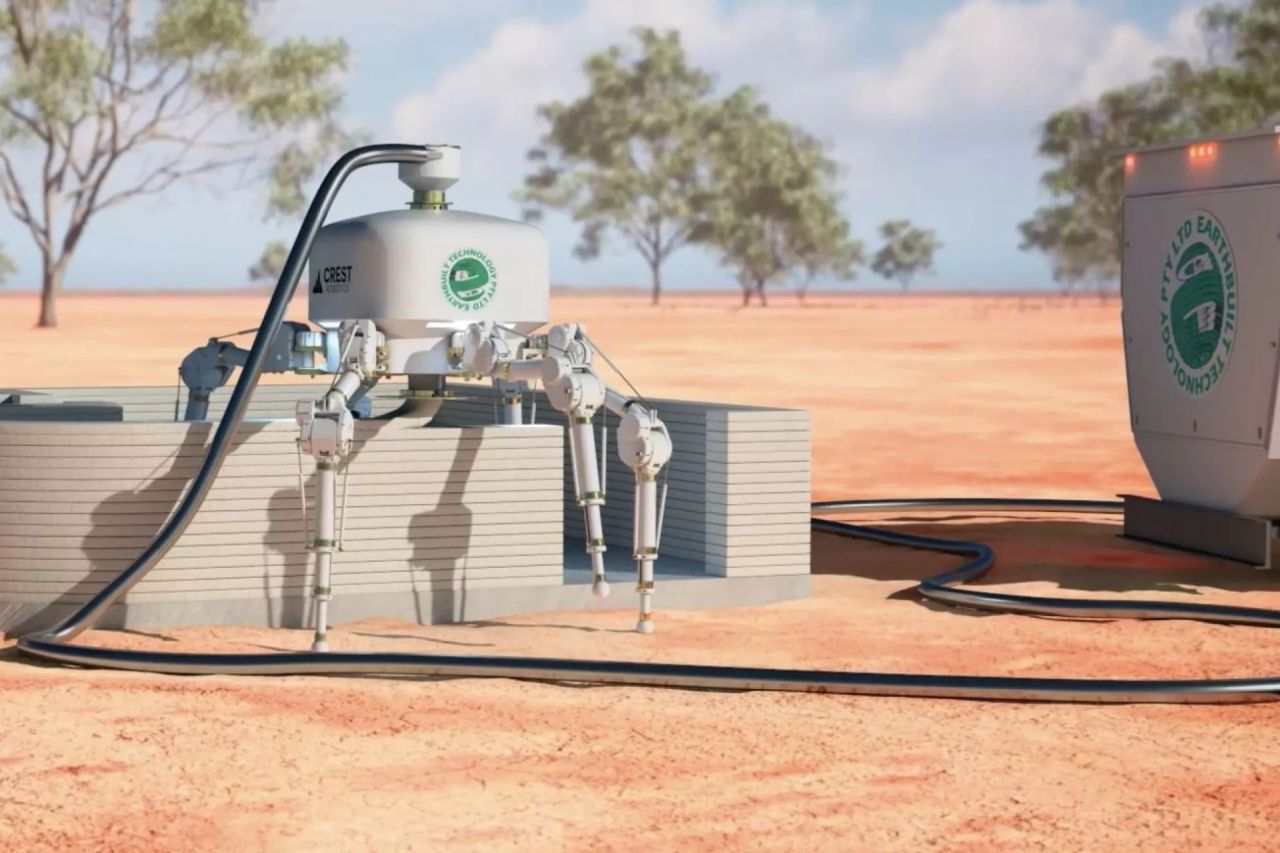
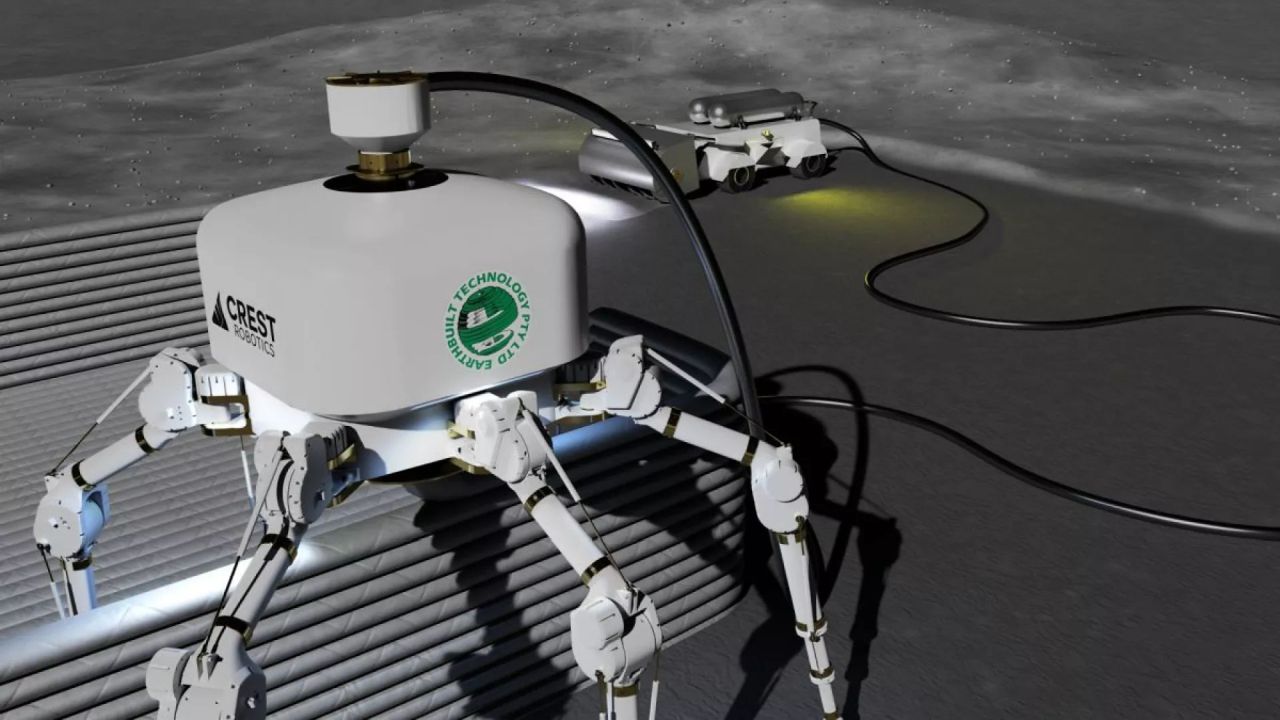
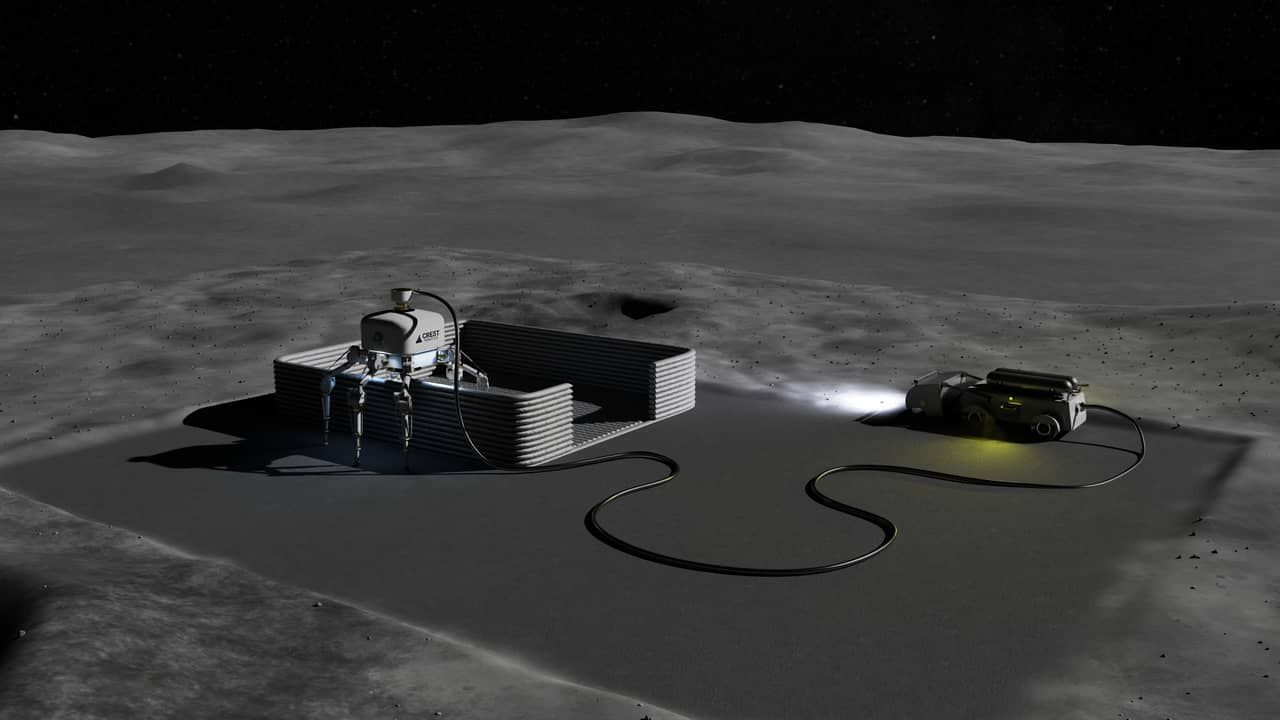
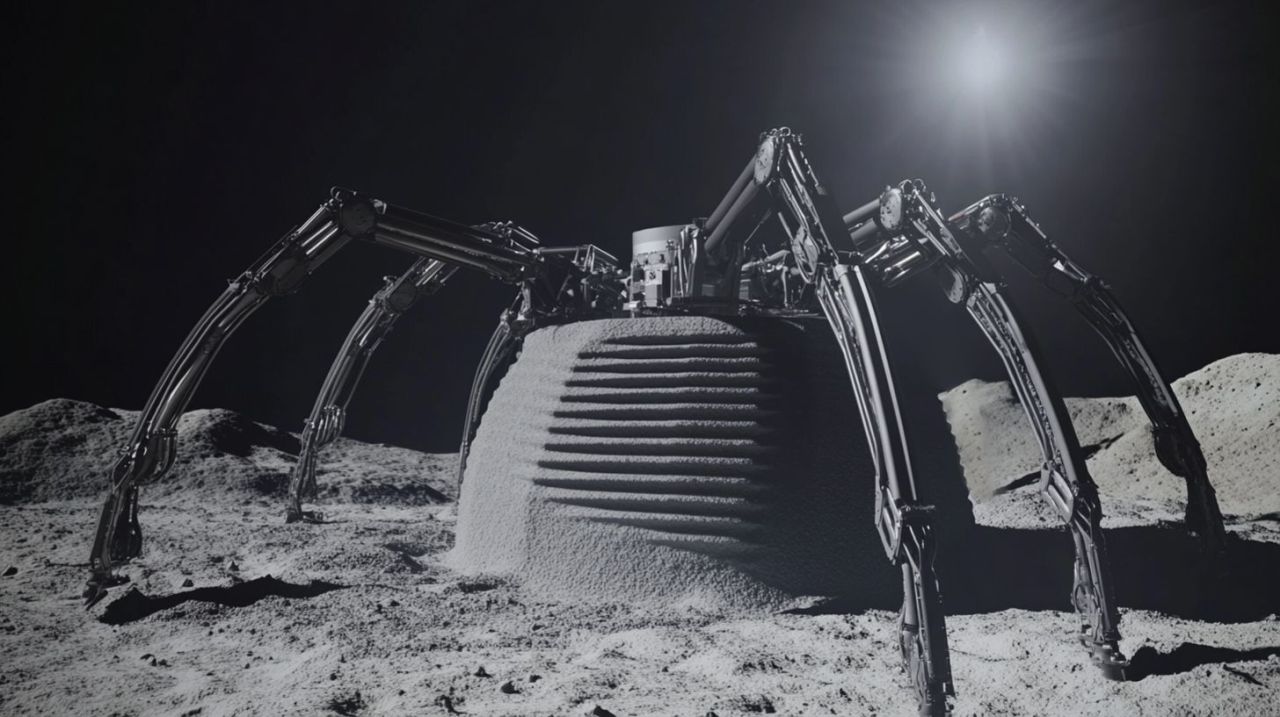
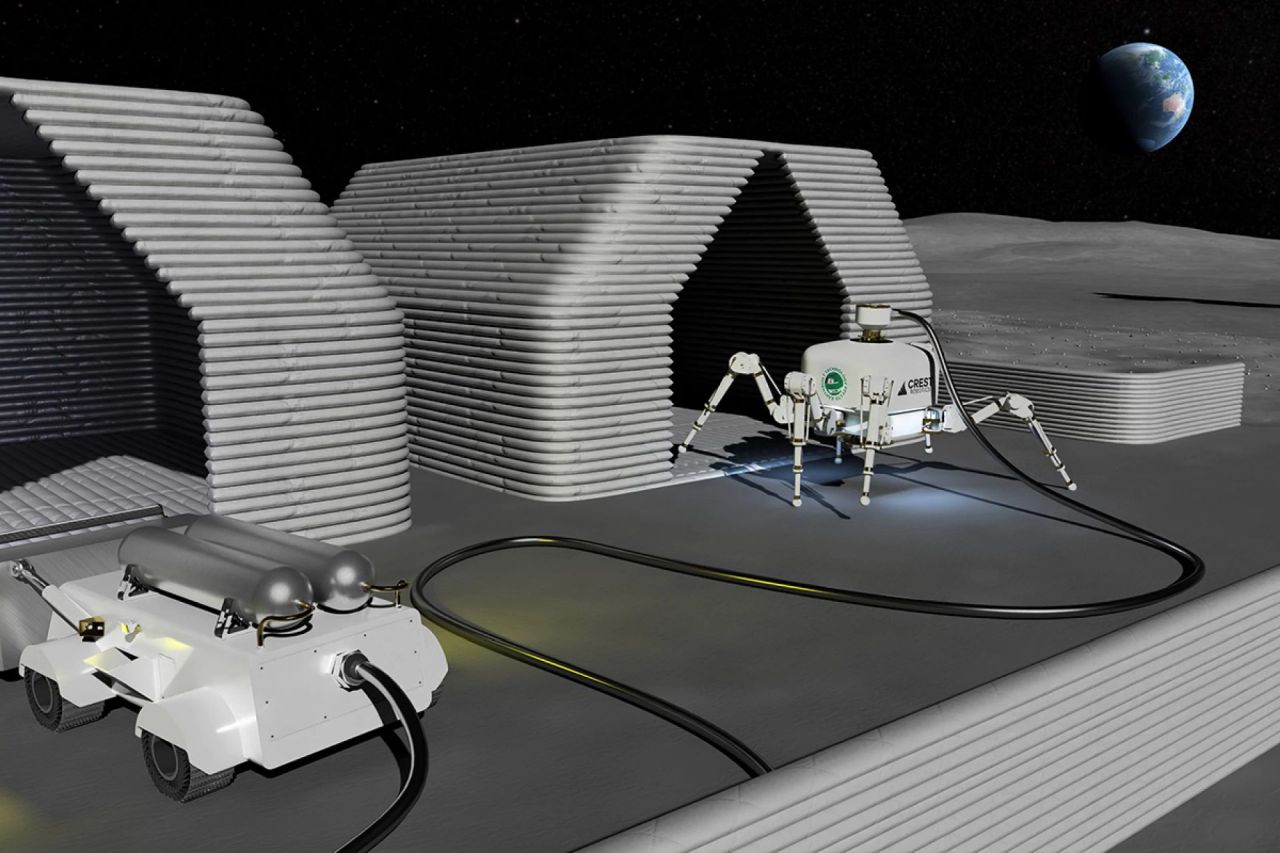
Via: New Atlas
Follow Homecrux on Google News!
